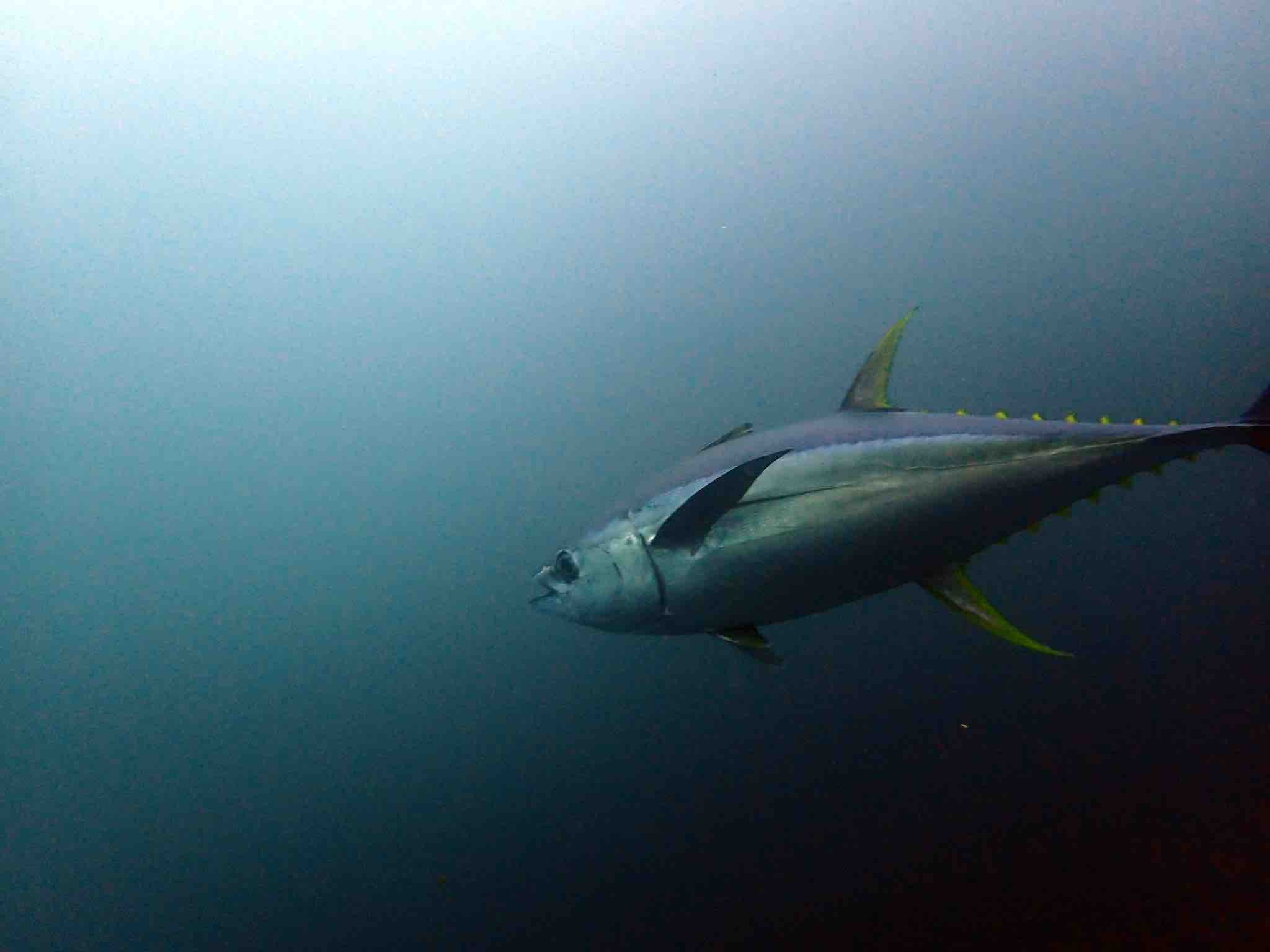PUBLICATIONS

Plastic Pollution and Animal Health in Juvenile Green Turtles in Ecuador
Marine vertebrates, particularly green sea turtles, are especially vulnerable to plastic pollution through ingestion or entanglement. This study investigated wild juvenile green sea turtles (Chelonia mydas) from two Ecuadorian national parks (Galápagos and Machalilla) to assess the prevalence of plastic pollution in their feces and its potential impact on various health metrics.

First Records of Hawksbill Sea Turtle (Eretmochelys imbricata) Connectivity Between the Galápagos Islands and Continental Ecuador
This study presents the first records of connectivity between hawksbill sea turtles (Eretmochelys imbricata) in the Galápagos Islands and mainland Ecuador.

Darwin’s expedition revisited to reveal the evolution of plant–microbe interactions on Galapagos
The future of Scalesia is under threat due to invasive species introduced by human activities. The Scalesia Microbiome Project (SMP), established under the Galapagos Barcode initiative, aims to characterize the microbiome associated with Scalesia species to inform restoration efforts.

Fishing effort dynamics around the Galápagos Marine Reserves as depicted by AIS data
This study was conducted as part of the Shark Research in Galapagos Project (led by CP), and which received an initial support from Iris and Michael Smith. The funders had no role in study design, data collection and analysis, decision to publish, or preparation of the manuscript.

Feeding strategies of the ocean white fish (Caulolatilus princeps) and white spotted sand bass (Paralabrax albomaculatus) inside the Galapagos Marine Reserve
This work highlights the value of trophic studies to generate useful information for ecosystem-based fisheries management.

Genetic identification of three CITES-listed sharks using a paper-based Lab-on-a-Chip (LOC)
Threatened shark species are caught in large numbers by artisanal and commercial fisheries and traded globally. Monitoring both which shark species are caught and sold in fisheries, and the export of CITES-restricted products, are essential in reducing illegal fishing.
Contact
-
Alsacio Northia Avenue, in front of Playa Mann,
Puerto Baquerizo Moreno, Galapagos - Ecuador - (+593) 2 297 1700 ext. 1857
- info@galapagos.lol


